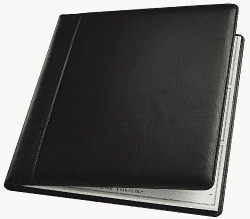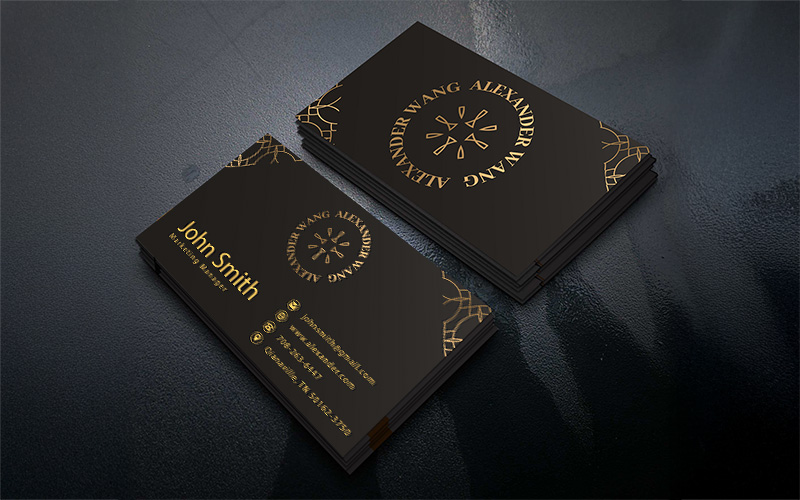When you are self publishing book there comes a moment of truth for which you have been waiting both as an author and publisher. You get the printed proof delivered. Before this, all your creative work has existed in word documents, in the layouts and typography. It is the first time that you see and hold your work in hand. Many authors are carried away by the situation and rightly so! Most first time self publishing authors are excited along with frightened. But do not give the go ahead to the printing service provider just yet. You have to proof read the book before it goes for printing. Checking proof for the book ensures that the book is correctly printed. Make sure all the misalignment, weird spacing, wrong fonts and typographical errors are carefully removed. Not only the newbie, many experienced self publishing authors are still bugged by the problems regarding proof checking. You should check the proof like your job depends upon it. And indeed that is the truth; no reader likes to see silly mistakes in a book!
How to check the proof of your book effectively? Let’s have a look at the 3 step process to simplify your proofing tasks:
Step 1: Reading the Book
Give a detailed read through the entire book. While reading through the book mark the typographical errors or other inconsistencies present in the book. While going through the book you should be aware of the following:
- Are the fonts used consistently through the book?
- Whether the quotation marks are curled and they are not inch straight?
- Whether the hyphens are properly mentioned? Hyphens can change the meaning of a word.
- Is the line spacing between the paragraphs consistent?
- Are some lines looser while others tighter? Also check whether there are forced line breaks.
You may also ask someone else to read through the book, who hasn’t seen the work before. Independent observers can often uncover many flaws that might have gone unnoticed.
Step 2: Looks of the Book
Forget about the text now and concentrate solely on how the book looks. You should be looking for the below provided list of things in your book:
- Windows/Orphans: Get rid of the single lines at the bottom of top of a page.
- Running heads should be consistent and have proper information. The headlines mainly include the chapter and part titles. Often these are the most overlooked parts of the book.
- Check whether all the chapter openers start from the same place on the page. Also check whether all the elements in the page are similar.
- Make sure that the pagination is properly done. All the odd numbered pages are on the right side.
- Page references should also be checked for.
- Paragraph indents should always be consistent whatever be the style used.
To check the alignment of the pages you should hold the book in one hand and flip the pages quickly using the finger. This will bring to your notice whether there are any misalignment or not.
Step 3: Checking the Cover
It is often the front and back cover of a book that determines the sales of a book. So below are some steps to proof the cover of your book:
- Are the color and design elements in the cover just as you had planned?
- Is the book’s title clearly visible?
- Are the words typed on the spine of the book straight and clear?
- None of the important information should be close to the trimmed edges.
- Make sure the ISBN or bar code in the back cover of the book matches with the information in the copyright page.
- Check whether the category and price included in the book are correct?
- Proof read the content on the back cover of the book too.
With the help of the above given steps you can check proof of your book effectively and make the changes that will make self published book look more professional. If you have any further troubles you can contact a reputed printing agency such as PrintPapa. They have a wealth of experience in printing various types of promotional materials such as Brochures, Booklets, Calendars, Presentation Folders, Business Cards, etc.






